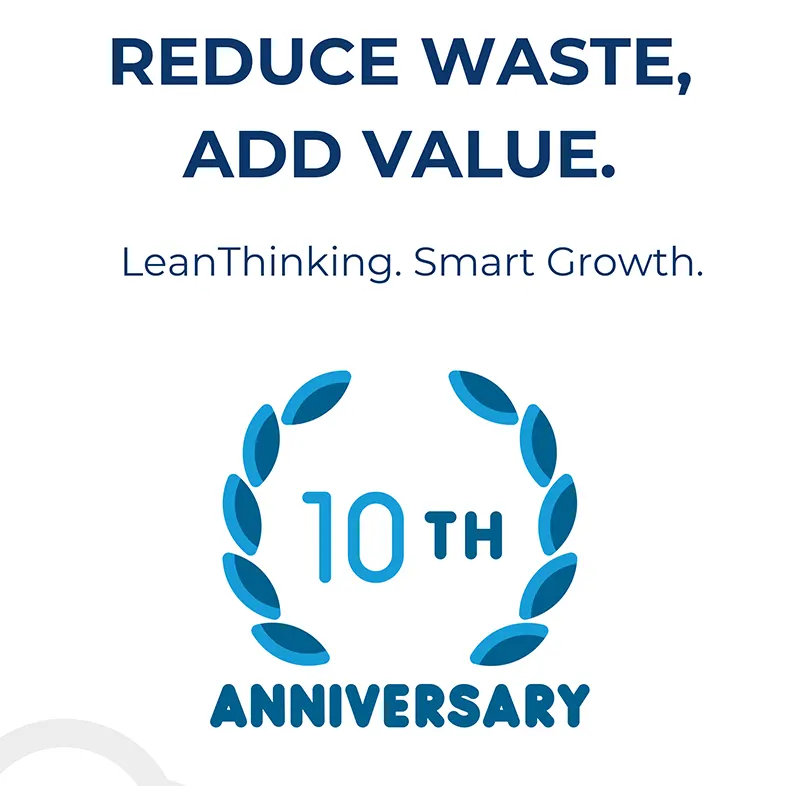
in Change Management
Leadership
In lean transformation, leadership is not just a role that gives orders, but a force that guides, inspires, and leads by example. True leaders do not only set strategy within the organization; they shape culture through their behavior, embrace change, and spread it throughout the team. They conduct Gemba walks, ask questions, listen, and build trust with employees. The power of leadership lies less in directing employees and more in encouraging them to realize their potential. In organizations managed with lean thinking, leadership means sharing responsibility, communicating transparently, and supporting continuous improvement. Leaders shaped by this approach build not only today but also sustainable tomorrows.
- Leaders build trust by demonstrating exemplary behavior.
- Leaders demonstrate leadership on the floor through Gemba Walks.
- Supports team development and acts as a guide.
- Ensures active participation in improvement processes.
- Transforms strategy into action.
- Makes continuous improvement a management approach.

in Change Management
"The Driving Force Behind Change"
On-site Leadership
Management is done from the field, not from the desk.
Inspiring Behaviors
The leader's behavior guides the team.
A mindset that shares responsibility.
Teams make decisions together, grow together.
Visionary Leadership
Going beyond short-term goals.
A leader who listens and understands.
Leaders listen more than they speak.
Development-First Approach
Those who do not value their own development cannot develop anyone else.
Leadership for Sustainable Success
Lasting success is possible through strong leadership.
Change-Embracing Role Model
Change starts from the top and spreads downward.


